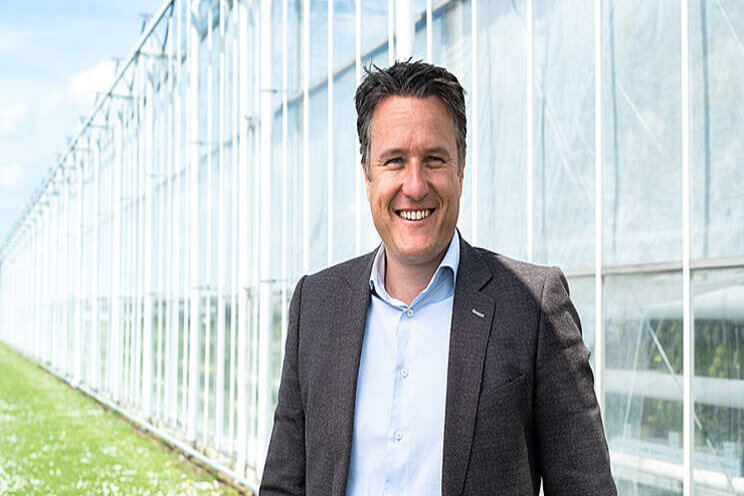What horticulture can learn from the electric vehicle evolution
Added on 26 May 2021

I started driving electric pretty early. I certainly wasn't the first, but I've chalked up quite a few electric miles. I had to get very used to the look of my i3s, but my first electric car drove wonderfully. And what turned out to be much more important: I could recharge it anywhere. That's a major plus for your driving peace of mind. You want as many charging points as possible along the freeway and at your final destination, because that notorious 'range anxiety' is really annoying.
When electric cars began to appear about 10 years ago, the various market parties were busy developing their own protocols. All their own plugs, their own charging stations, their own ways of settling accounts with consumers. Complexity at its best. This may have made sense from each individual producer's perspective, but it certainly didn't for the users, who became the victims and bore the brunt. The system simply wasn't workable. Fortunately, the market and policy-makers came to the conclusion that the growth of electric driving depends on good infrastructure and cooperation.
Governments and companies then agreed on the connection between systems, charge points and payment methods. In other words, the INTEROPERABILITY of systems. This put a stop to the complexity before it was too late.
In greenhouse horticulture we can learn a lot from this interoperability, in the interests of the growers. It's important that growers can make data transparent on the data platform of their choice. It's important that the data can be used for the applications they choose. And it's important that the sensors they have bought can also be connected to the data platforms and climate computers of their choice. In other words: systems interoperability in greenhouse horticulture.
The data-driven and autonomous greenhouse sounds very nice and presents an inspiring picture of the future. But working towards it means that all parties must be able to connect with each other. Climate computers, AI services, data platforms, harvesting robots and drones must be able to communicate with each other through unified and robust APIs and data protocols. This sounds far away, but it already means that all parties must be willing to exchange data today. In the interests of the grower. And at the grower's request. Every sensor should be able to be linked to every AI service, to every climate computer and to every dashboard.
So this is my call to all greenhouse horticulture suppliers: create good connections with your platform, climate computer or algorithms. Create good connections and standards. Make it possible. Reach agreements together in the interests of the sector, so that the grower can choose what suits him or her best. And so that we move forward as a sector. And my question to growers: how important is it to you, to be able to choose the combination of parties and solutions that suits you?
Let's reach agreement on this together. It can be done on a sector-wide basis, but it's not necessary. Individual companies can already take steps. Let's move forward! Blue Radix is ready to connect!
Source: Goedemorgen
More news















